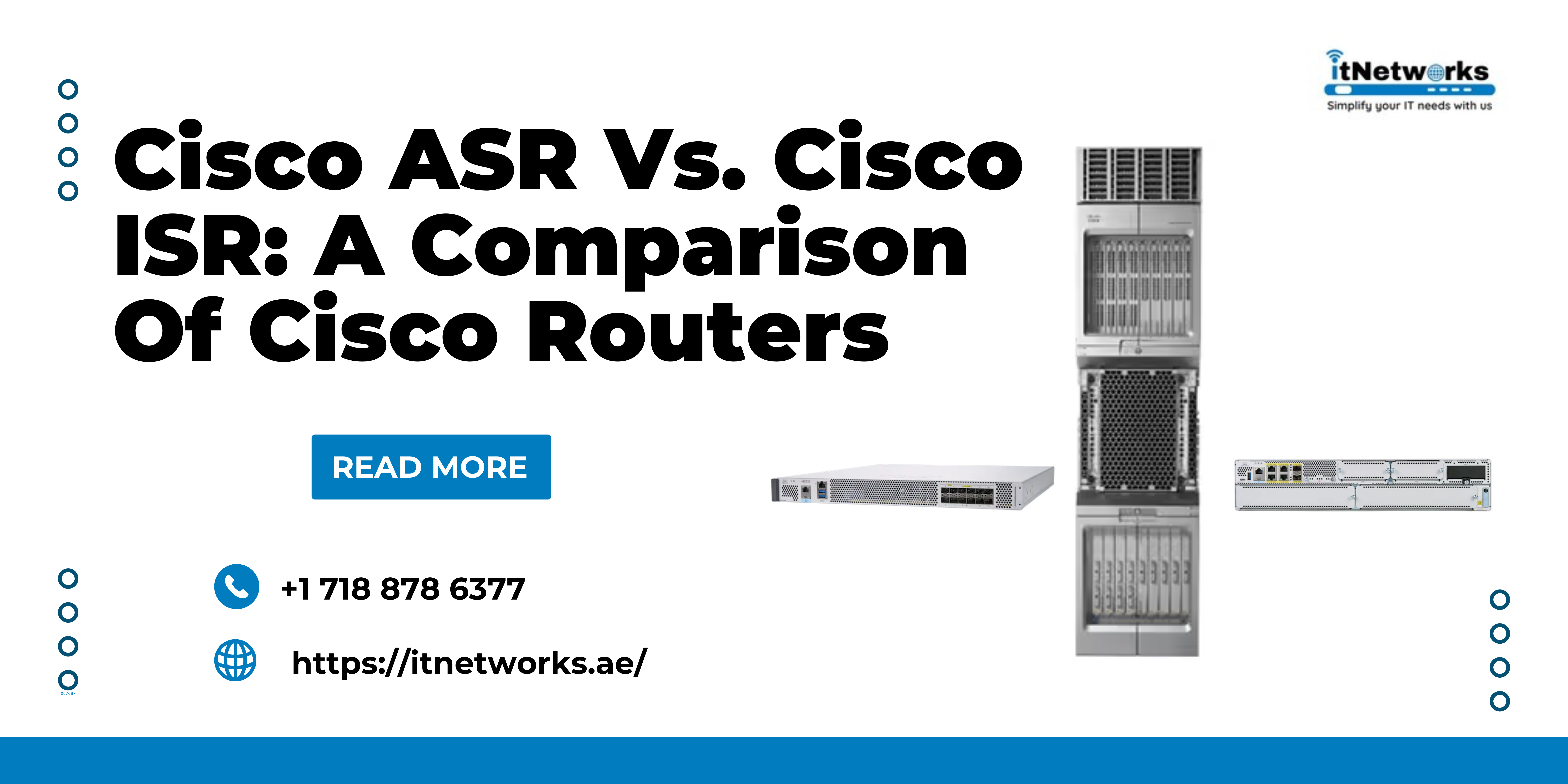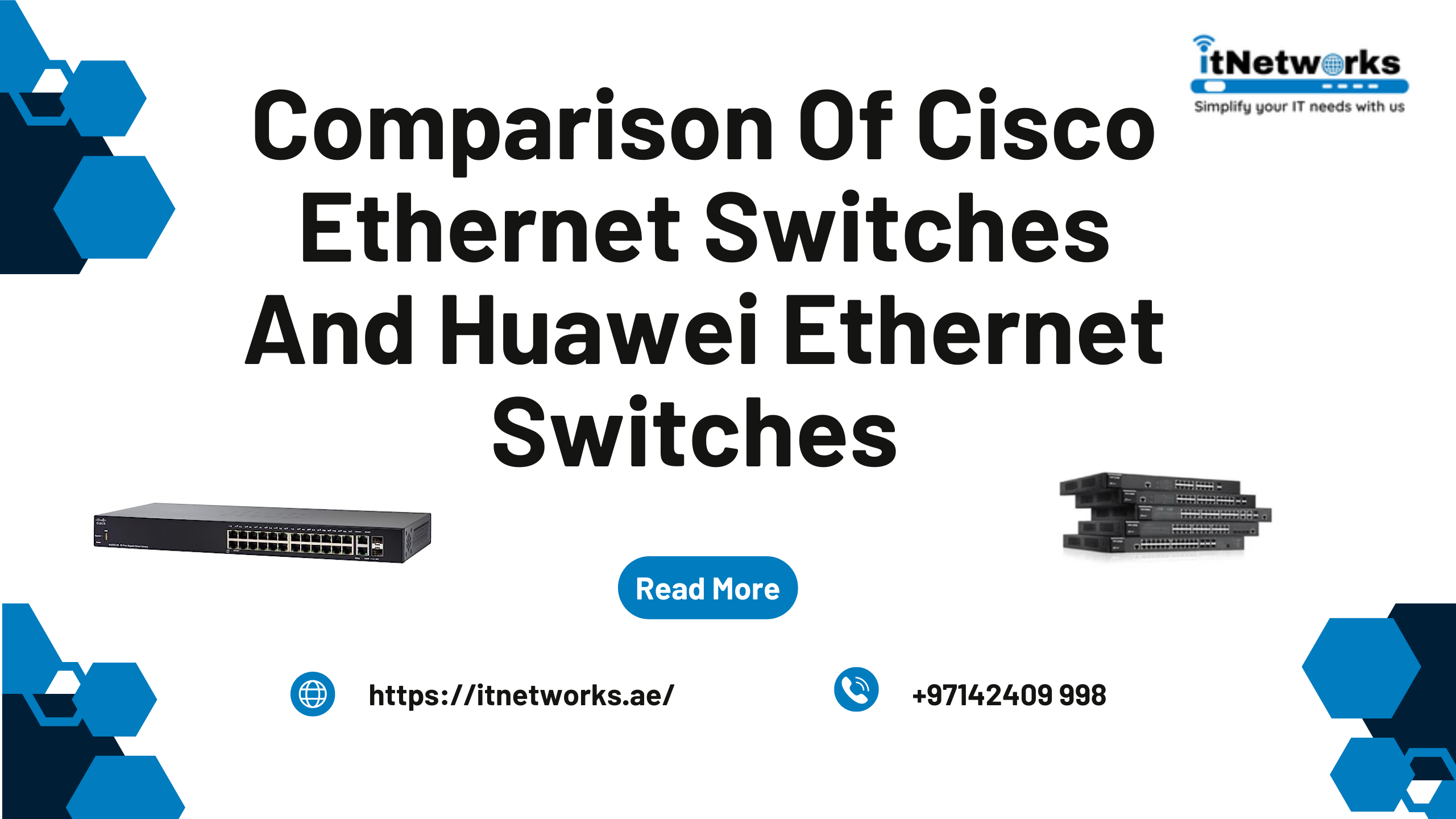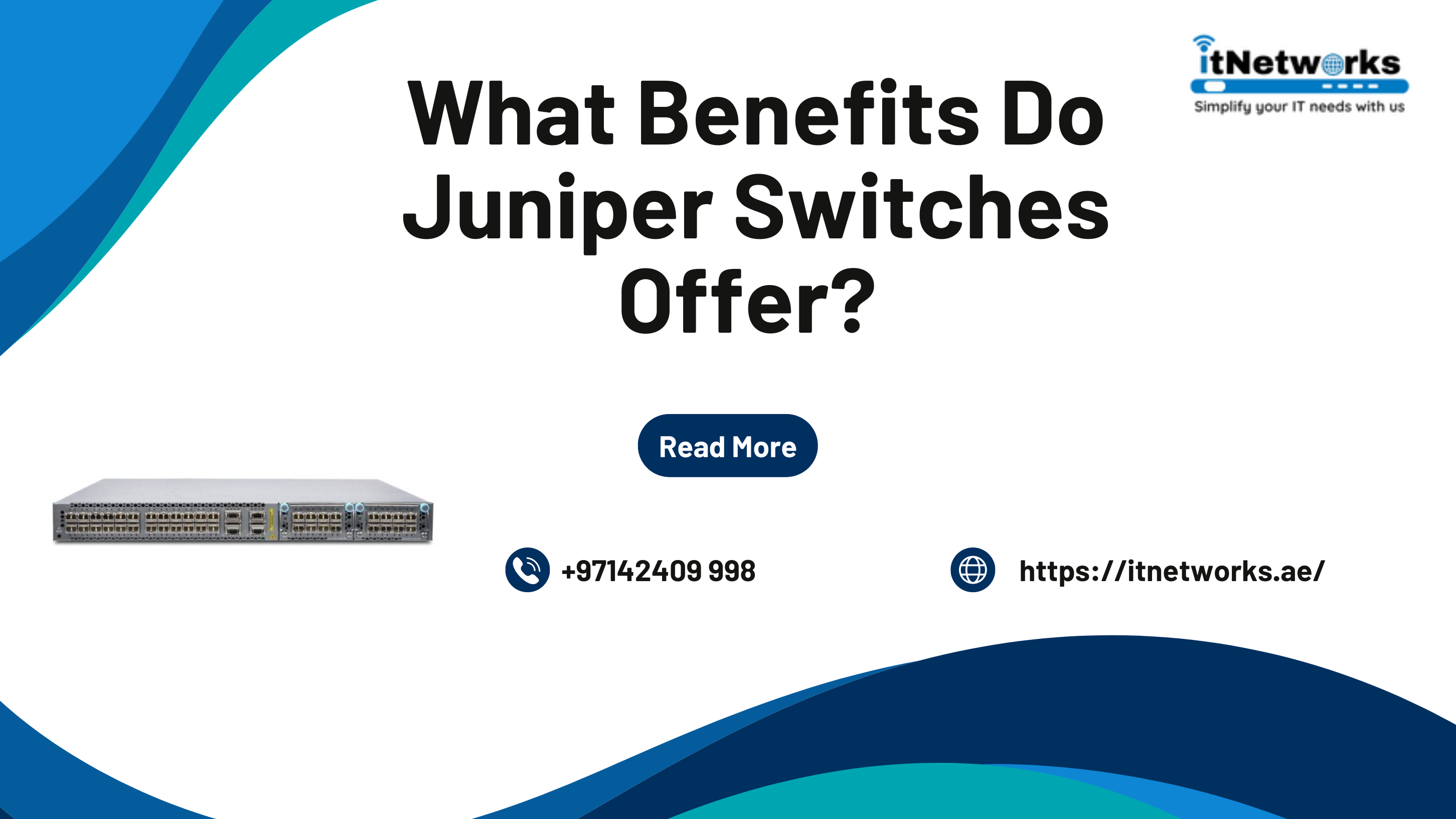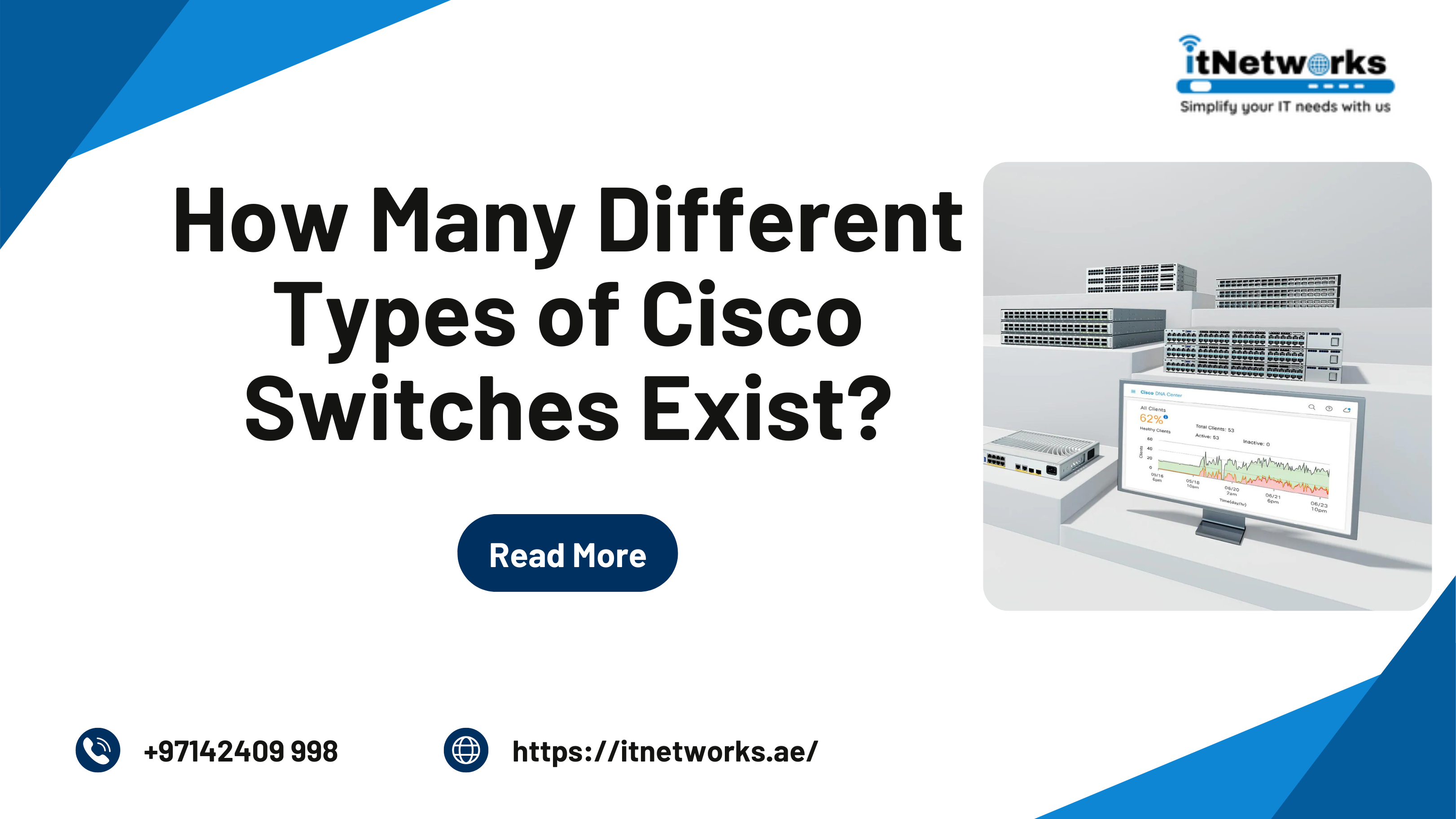An Easy Guide to Learn About Fortinet Transceivers and their Installation
An Easy Guide to Learn About Fortinet Transceivers and their Installation
In a business network infrastructure, transceivers play a great role in connecting network nodes and sending and receiving signals. When used in Ethernet networks, transceivers are called medium access units (MAUs). Their primary function is to apply signals onto a network cable and detect the signals passing through it. In LANs, you can use transceivers with network repeaters.
When it comes to understanding the capabilities of these small networking devices, things can get very confusing quickly. Since Fortinet transceivers are often the first choice of a large number of businesses, we will discuss transceivers specifically from this brand in this blog.
What are Fortinet transceivers?
Fortinet Transceivers are purposely engineered and tested transceivers to ensure a stable and robust network and work with only Fortinet networking equipment. They offer connectivity options to fulfill the requirements of different network architectures and deployment scenarios.
What makes Fortinet Transceivers the best choice?
Fortinet transceiver modules are getting more and more popular among all sizes of businesses because of the following reasons:
No Assumptions: They eliminate the guesswork when it comes to selecting transceivers. It is common for enterprise and data center networks to have connectivity problems due to poor-quality and incompatible transceiver modules. Since Fortinet transceivers are specifically built to work with Fortinet products only, it doesn’t require you to make any guesses while buying transceivers for your network.
More Flexibility: Another reason why Fortinet transceivers catch the attention of network engineers is that Fortinet transceivers support a wide range of form factors, media types, and throughput. So, you can use them in any kind of network area. Whether your business network requires high-speed 100GE for a data center or long-range 1 GE to achieve connectivity between data centers located in different cities, transceivers from Fortinet can fulfill all your needs.
What are the different variants of Fortinet transceivers?
According to Fortinet, their transceivers support SFP, SFP+, SFP28, QSFP+, CFP2, and QSFP28. So, you will find these terms in their names while browsing Fortinet Transceivers. Let’s understand what these terms mean:
- QSFP28: A QSFP28 transceiver is designed to adapt to different sizes and working principles. While SFP28 can support only one channel, QSFP28 can support 4 different lanes and each lane is 25Gbit/s. Like SFP28, you can also use QSFP28 in 100G networks.
- SFP28: This acronym is used for Small Form-Factor Pluggable 28. SFP28 transceivers refer to the third generation of the SFP interconnect systems. Though SFP28 transceivers are considered an enhanced version of SFP+ transceivers, they are commonly associated with 25G connections. An SFP+ can work quite well with the SFP28 port on a network switch if you set up the port for the 10G transmission.
- SFP: It stands for Small Form-Factor Pluggable. SFP transceivers are compact and hot-pluggable small devices that are used as an interface between different network devices such as switches, routers, repeaters, and interconnecting cables. They make it easier for users to modify or upgrade network infrastructure.
- SFP+: It refers to the Enhanced Small Form-Factor Pluggable. SFP+ transceivers support higher data speeds - that is decided depending on transmission distance. These transceivers are used for 10G transmission applications.
- QSFP+: It means Quad Small Form-Factor Pluggable. It is another type of hot-swappable transceiver that supports Ethernet, Fiber Channel, InfiniBand, and SONET/SDH standards with data rate specifications. QSFP+ is an evolution of QSFP that can support four 10Gbit/s channels carrying 10-Gigabit Ethernet, 10G Fiber Channels, or InfiniBand that allows for 4 x 10G cables and stackable design to achieve higher throughput.
- CFP2: CFP2 is the short-form for C Form-Factor Pluggable and refers to 100G Form-Factor Pluggable. In a CFP transceiver, C stands for centum (100). It is a multi-source agreement among competing transceiver manufacturers to produce a common form factor for high-speed digital signal transmission. Though it was designed after the small-factor pluggable transceiver interface, it is considerably larger to support 100Gbit/s. When talking about the CFP2 module, it specifies a form factor of ½. Its electrical interface differs by application.
By now, you can easily gather that the main reason behind coming up with each evolved version of transceivers is the basic need for facilitating higher bandwidth rates with small form factors. In modern network architectures of businesses, small form factors are typically a necessity that you can’t overlook.
How to Install Fortinet Transceivers
If you are using Fortinet SFP Transceiver Series, you can follow the below steps to install your transceiver.
Steps to Install Fortinet SFP Transceivers
- Make sure that you are properly grounded for safety purposes.
- Then, remove the caps from the SFP cage sockets located on the front panel of the unit.
- Place your SFP transceiver module in front of the opening of a cage socket and see if the transceiver module is aligned accurately.
- Once you get the orientation correct, you will find the extraction lever at the level with the socket latch.
- Then, hold the module from the sides and slide it gently into the cage socket until it clicks into the correct place. Don’t apply force. If it doesn’t click, reorient it and then insert again.
- Press the module firmly into the cage socket with the thumb and check if the module is latched correctly.
Cautions to Take:
- Don’t install or remove the SFP transceiver when fiber-optic cables are still attached to avoid any damage.
- Wear an ESD wrist strap or similar grounding device because transceiver modules are static sensitive devices.
How to Choose the Best Version of Fortinet Transceivers?
When it comes to choosing from various options of Fortinet transceivers, make sure to consider the following factors:
- Network traffic
- Transmission distance
- Future-proof networking requirements
SFP, SFP+, SFP28, QSFP, QSFP+, QSFP28, CFP, and CFP2 - all of them are the different types of form factors. Though there are other form factors as well, these form factors are more popular in the world of fiber connectivity.
Some of the most popular Fortinet transceivers are:
- FG-TRAN-QSFP28-SR4
- FG-TRAN-QSFP28-LR4
- FG-TRAN-QSFP+SR-BIDI
- FG-TRAN-SFP+SR
- FS-TRAN- SFP+SR
- FG-TRAN-QSFP+SR
- FG-TRAN-SFP+LR
- FG-TRAN-SFP+LRM
- FG-TRAN-LX
- FG-TRAN- SFP+ER and more
If you are facing any difficulty regarding the right selection of Fortinet transceivers for your business network architecture, please feel free to connect with us via our Whatsapp: +971585811786. We have a team of highly-skilled and certified professionals that will guide your selection process and make the best choice. So, always feel free to get in touch.





